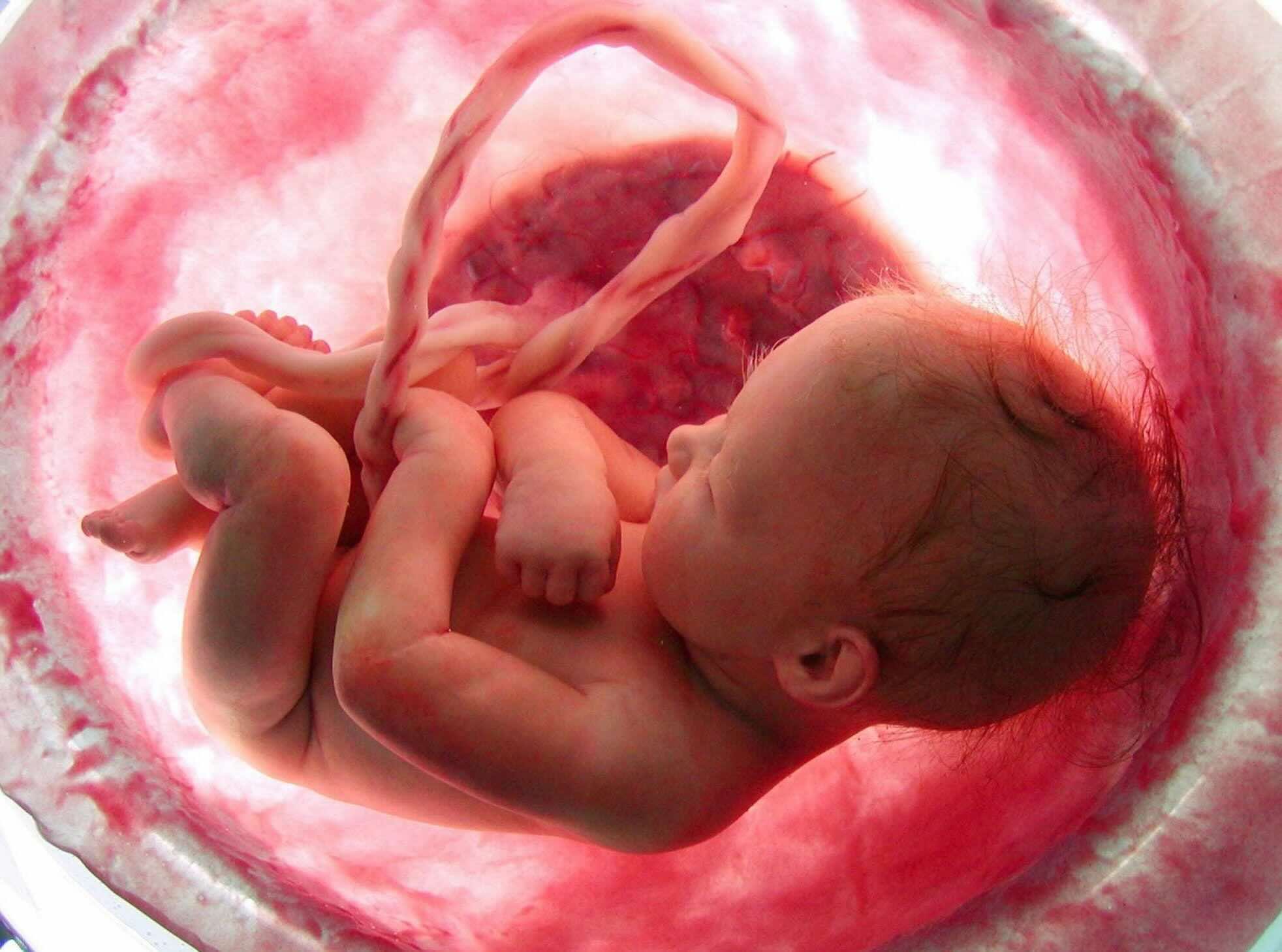
Ever wondered about the mysterious lifeline that connects a baby to its mother? The umbilical cord is more than just a simple tube; it's a vital link that provides nutrients and oxygen to a developing fetus. This fascinating structure has intrigued scientists and parents alike for centuries. From its formation to its role in childbirth, the umbilical cord holds many secrets. Did you know it can be used for medical treatments even after birth? Or that it contains stem cells that can save lives? Dive into these 27 amazing facts about the umbilical cord and discover why it's such an incredible part of human development.
What is the Umbilical Cord?
The umbilical cord is a fascinating structure connecting a developing baby to its mother. It plays a crucial role in fetal development, providing nutrients and oxygen while removing waste. Here are some intriguing facts about this vital lifeline.
- The umbilical cord typically measures about 20 inches in length.
- It contains two arteries and one vein, known as the umbilical vein and arteries.
- The umbilical vein carries oxygenated blood from the placenta to the baby.
- The umbilical arteries transport deoxygenated blood and waste from the baby back to the placenta.
- The cord is covered in a gelatinous substance called Wharton's jelly, which protects the blood vessels.
Functions of the Umbilical Cord
The umbilical cord serves several essential functions during pregnancy. It ensures the baby receives everything needed for growth and development. Let's explore some of these functions.
- It supplies oxygen from the mother's bloodstream to the baby.
- Nutrients such as glucose, amino acids, and fatty acids are delivered through the cord.
- Waste products like carbon dioxide and urea are removed from the baby's blood.
- The cord helps regulate the baby's temperature by maintaining a constant blood flow.
- It also transports hormones and antibodies from the mother to the baby, aiding in immune system development.
Formation and Development
The formation and development of the umbilical cord are remarkable processes. Understanding these stages provides insight into its complexity.
- The cord begins to form around the fifth week of pregnancy.
- It develops from the remnants of the yolk sac and allantois.
- By the end of the first trimester, the cord is fully functional.
- The length of the cord can vary, with some measuring as short as 12 inches or as long as 39 inches.
- A longer cord can sometimes lead to complications like cord prolapse or entanglement.
Birth and After
After birth, the umbilical cord continues to play a role, albeit briefly. Its handling and care are important for both mother and baby.
- Once the baby is born, the cord is clamped and cut, usually within a few minutes.
- Delayed cord clamping, waiting 1-3 minutes before cutting, can benefit the baby by increasing iron levels.
- The remaining stump of the cord dries up and falls off within 1-3 weeks.
- Proper care of the stump is crucial to prevent infection.
- Some cultures practice rituals involving the cord, such as burying it or keeping it as a memento.
Medical Uses and Research
The umbilical cord has medical significance beyond pregnancy. Its components are valuable for various treatments and research.
- Cord blood is rich in stem cells, which can treat diseases like leukemia and lymphoma.
- Cord blood banking allows families to store these cells for future medical use.
- Research is ongoing to explore the potential of cord blood in regenerative medicine.
- Wharton's jelly is being studied for its potential in treating conditions like arthritis and heart disease.
- The cord itself can be used in surgeries to repair damaged blood vessels.
Interesting Tidbits
Here are some additional fascinating facts about the umbilical cord that you might not know.
- In rare cases, a baby can be born with a "true knot" in the cord, which can sometimes cause complications.
- Some animals, like marsupials, do not have an umbilical cord; instead, their young develop in a pouch.
The Final Word on Umbilical Cords
Umbilical cords are more than just a lifeline between mother and baby. They hold fascinating secrets about human development. From their role in delivering nutrients and oxygen to their potential in medical research, these cords are truly remarkable.
Understanding the importance of umbilical cords can help us appreciate the miracle of life even more. Whether it's the three vessels inside, the Wharton's jelly that protects them, or the fact that they can be stored for future medical use, there's a lot to marvel at.
Next time you hear about umbilical cords, remember their incredible journey from the womb to potential life-saving applications. They’re not just a part of birth; they’re a testament to the wonders of human biology. Keep these facts in mind, and you'll see umbilical cords in a whole new light.
Was this page helpful?
Our commitment to delivering trustworthy and engaging content is at the heart of what we do. Each fact on our site is contributed by real users like you, bringing a wealth of diverse insights and information. To ensure the highest standards of accuracy and reliability, our dedicated editors meticulously review each submission. This process guarantees that the facts we share are not only fascinating but also credible. Trust in our commitment to quality and authenticity as you explore and learn with us.
